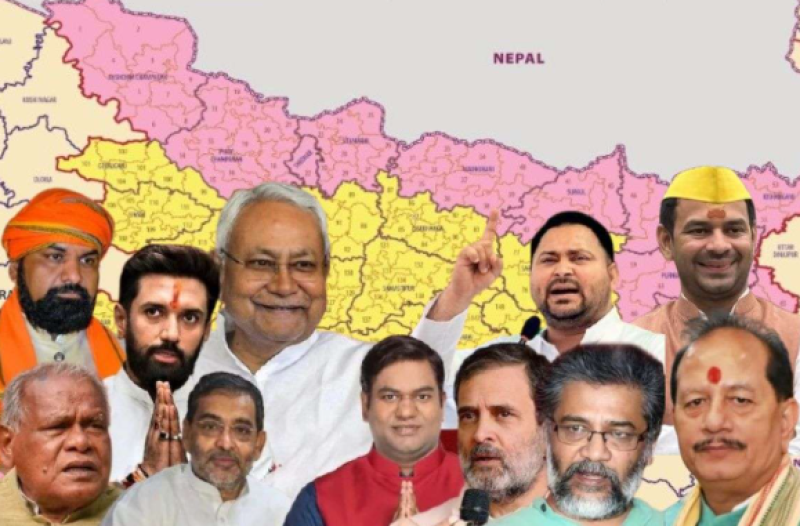In Alinagar constituency, where folk melodies often sway opinions, playback singer's electoral debut Thursday emerged as a litmus test for celebrity politics' economic undercurrents.
Early counts showed the Bharatiya Janata Party nominee leading by 7,637 votes over rivals, marking a potential first win for her party in this Darbhanga seat. Her campaign, blending cultural anthems with development pledges, drew 55% youth turnout—12 points above state averages.
This phenomenon signals broader innovation in political strategy. Parties increasingly tap artists to bridge generational gaps, with celebrity candidates boosting voter mobilization by 18% in similar races. Economically, it spotlights the creative industries: Bihar's $1.5 billion music sector could see policy boosts, including 20% tax rebates for local talent under proposed NDA reforms.
Market analysis reveals ripple effects. Streaming platforms reported 25% traffic spikes from Alinagar-linked content, tying cultural icons to digital ad spends projected at $40 million statewide. Youth consumers, 40% of the electorate, favor such fresh faces, lifting merchandise and event tie-ins by 15%.
Policy-wise, a win could accelerate skill programs for 500,000 creatives, aligning with national goals to grow the sector to 5% of GDP by 2030. Critics note risks: Over-reliance on fame may dilute substantive discourse, with 30% of voters citing policy over personality.
As leads hold, this contest exemplifies how innovation in representation drives economic inclusion, empowering cultural economies long sidelined.

